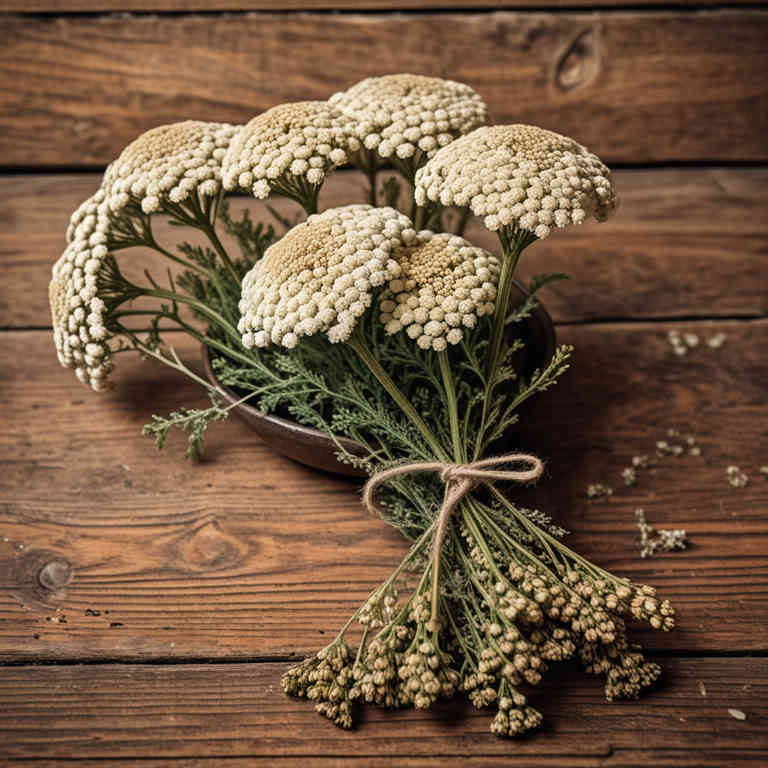Achillea millefolium mucillage for medicinal use

Achillea millefolium mucillage is a preparation made from the mucilage found in the dried plant material of yarrow.
This viscous, gel-like substance is extracted through processes that involve soaking and drying the plant parts. In herbalism, it is valued for its demulcent properties, which help soothe irritated tissues. It is commonly used to support digestive health and alleviate symptoms of gastritis or ulcers.
The mucilage also has mild anti-inflammatory effects, making it a gentle remedy for internal inflammation.
Uses
Achillea millefolium mucillage has been used to treat various ailments throughout history, particularly in traditional medicine.
Historically, it was valued for its wound-healing properties and was used to stop bleeding and promote tissue repair. In traditional herbal practices, it was also employed to alleviate digestive issues and as a diuretic. Modern research has explored its potential anti-inflammatory and antioxidant effects, leading to its use in contemporary herbal formulations.
Today, it is still utilized in complementary medicine for its purported benefits in skin health and digestive wellness.
Benefits
Achillea millefolium mucillage has health benefits such as supporting digestive health, reducing inflammation, and promoting wound healing.
This preparation, derived from the common yarrow plant, contains mucilage that soothes irritated tissues and aids in the formation of a protective barrier in the gastrointestinal tract. It is traditionally used to alleviate symptoms of indigestion, ulcers, and inflammatory conditions like colitis. The mucilage also has antimicrobial properties that may help in preventing infections.
Overall, Achillea millefolium mucillage is valued for its gentle yet effective therapeutic properties in natural medicine.
Constituents
Achillea millefolium mucillage active constituents include sesquiterpene lactones, flavonoids, phenolic acids, and mucilage.
These compounds contribute to the herb's anti-inflammatory, antimicrobial, and wound-healing properties. The mucilage provides a soothing effect on mucous membranes, making it beneficial for digestive and respiratory tract health. Flavonoids and phenolic acids act as antioxidants, supporting overall immune function.
Sesquiterpene lactones may help in reducing inflammation and promoting tissue repair.
Preparation
To make Achillea millefolium mucillage, start by harvesting fresh or dried yarrow (Achillea millefolium) leaves and flowers.
Next, grind the plant material into a fine powder using a mortar and pestle or a blender. Then, mix the powder with a small amount of water to create a thick paste, which will naturally develop a mucilage due to the plant's high mucilage content. Allow the mixture to sit for several hours or overnight to let the mucilage fully develop.
Finally, strain the mixture through a fine mesh or cheesecloth to separate the mucilage from the plant residue, yielding a viscous, gel-like substance that can be used topically or internally as needed.
Side Effects
Achillea millefolium mucillage may lead to gastrointestinal discomfort, including nausea, vomiting, and diarrhea, due to its high mucilage content.
It may also cause allergic reactions in individuals sensitive to plants in the Asteraceae family, such as ragweed. Long-term use could potentially interfere with blood sugar levels, though more research is needed to confirm this. There is limited evidence suggesting it might affect liver function, so caution is advised for those with pre-existing liver conditions.
Always consult a healthcare provider before using this preparation, especially if you are on medication or have underlying health issues.